Choosing the right bowling ball can significantly impact your performance and enjoyment of the game. A thorough bowling ball comparison helps you understand the differences between various types, brands, and features, ensuring you select the perfect ball for your needs. This guide delves into the essential aspects of bowling ball comparison, providing you with the knowledge to make an informed decision.
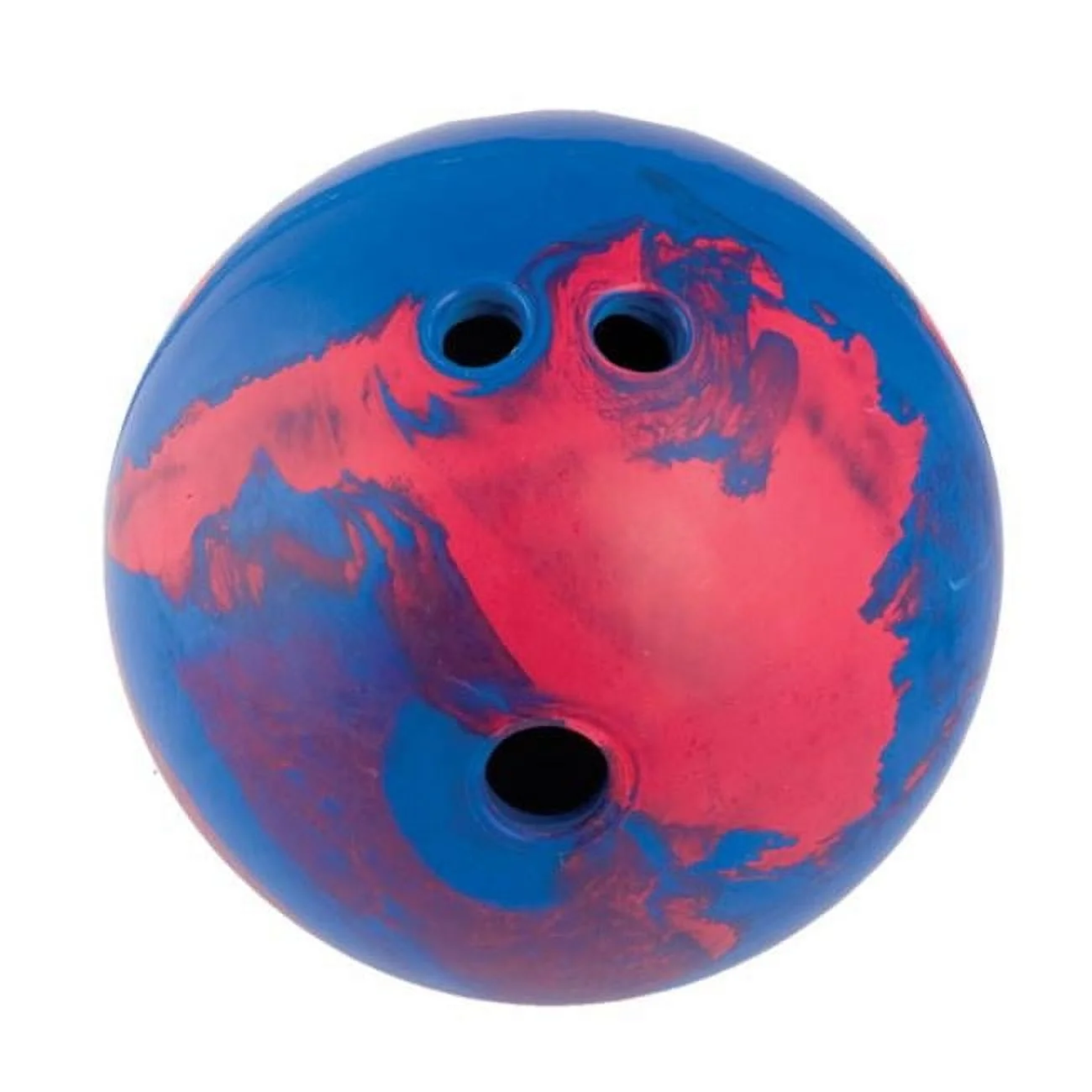 Types of Bowling Balls: Understanding Your Options
Types of Bowling Balls: Understanding Your Options
When embarking on a bowling ball comparison, it’s crucial to recognize the different types available. Each type caters to specific skill levels and playing styles, offering unique benefits.
Plastic Bowling Balls
Plastic bowling balls are ideal for beginners and those who prefer a straighter path. They feature a smooth, hard coverstock that minimizes friction with the lane, resulting in less hook and more control.
- Advantages:
- Affordable and widely available.
- Durable and low maintenance.
- Excellent for straight shots and spare conversions.
- Disadvantages:
- Limited hook potential.
- Less suitable for advanced players seeking more control and versatility.
Urethane Bowling Balls
Urethane bowling balls offer more hook potential than plastic balls. Their coated surface provides increased friction, allowing bowlers to achieve better control and pin action.
- Advantages:
- Enhanced hook and back-end reaction.
- Versatile for various lane conditions.
- Durable and offers a good balance between control and power.
- Disadvantages:
- More expensive than plastic balls.
- Requires more maintenance to preserve the coverstock.
Reactive Resin Bowling Balls
Reactive resin bowling balls are designed for advanced players seeking maximum hook potential and pin carry. Their porous coverstocks react with the lane oil, creating a strong frictional grip.
- Advantages:
- Superior hook and entry angle.
- Great for heavy oil lanes.
- Wide variety of designs and finishes.
- Disadvantages:
- Higher price point.
- Requires regular maintenance and cleaning.
- Less durable on dry or oily lanes.
Particle Bowling Balls
Particle bowling balls feature coverstocks infused with micro-particles, enhancing their grip on oily lanes. They are perfect for bowlers who need extra traction and control.
- Advantages:
- Excellent for medium to heavy oil conditions.
- Increased hook and pin carry.
- Versatile performance across different lane surfaces.
- Disadvantages:
- Most expensive type of bowling ball.
- High maintenance and care required.
- Limited availability compared to other types.
Key Factors in Bowling Ball Comparison
When conducting a bowling ball comparison, several factors influence your choice. Understanding these elements helps you select a ball that complements your bowling style and skill level.
Weight and Balance
The weight of a bowling ball impacts your swing and overall comfort. It’s essential to choose a weight that allows you to bowl consistently without straining.
- Guidelines:
- Select a ball that is approximately 10% of your body weight.
- Ensure the ball’s balance suits your release style, whether it’s a cranker, stroker, or tweener.
Coverstock Material
The coverstock material determines how the ball interacts with the lane surface. Different materials offer varying levels of friction and hook potential.
- Types:
- Plastic: Less friction, minimal hook.
- Urethane: Moderate friction, enhanced hook.
- Reactive Resin: High friction, maximum hook.
- Particle: Extra friction, tailored for oily lanes.
Core Design
The core of a bowling ball affects its motion and reaction on the lane. Cores come in various shapes and weights, influencing the ball’s stability and hook.
- Types:
- Symmetrical: Balanced reaction, predictable hook.
- Asymmetrical: More aggressive hook, greater backend reaction.
- Hybrid: Combines elements of symmetrical and asymmetrical cores for versatile performance.
Drilling Layout
The drilling layout refers to the placement of finger and thumb holes. Proper drilling ensures optimal balance, comfort, and performance.
- Considerations:
- Custom drilling suited to your hand shape and release style.
- Importance of symmetry and weight distribution for consistent motion.
Price and Value
Bowling balls range widely in price, reflecting their materials, technology, and brand reputation. Balancing cost with performance is key during your comparison.
- Budget Options:
- Plastic and some urethane balls.
- Ideal for beginners or casual bowlers.
- Mid-Range:
- Higher-end urethane and reactive resin balls.
- Suitable for intermediate bowlers seeking better performance.
- High-End:
- Elite reactive resin and particle balls.
- Best for advanced players requiring maximum control and hook potential.
Brand Comparison: Choosing the Right Manufacturer
Different brands offer unique technologies and designs in their bowling balls. Comparing brands helps you identify the best options that align with your preferences and needs.
Storm
Storm is renowned for its innovative technologies and durable bowling balls. Their products cater to a range of skill levels, providing excellent performance and value.
- Popular Models:
- Voltage: Known for its versatility and strong hook potential.
- Phaze: Offers consistent motion and reliability on various lane conditions.
Brunswick
Brunswick is a legacy brand in the bowling industry, offering high-quality balls with advanced engineering. Their lineup includes options for beginners to professional bowlers.
- Popular Models:
- Kingpin: Combines traditional design with modern performance.
- TZX: Features adjustable cores for customizable ball reactions.
Hammer
Hammer bowling balls are celebrated for their powerful hooks and sophisticated coverstocks. They are a favorite among competitive bowlers seeking high performance.
- Popular Models:
- Black Widow: Known for its aggressive hook and strong backend reaction.
- Force: Offers a balanced performance suitable for various play styles.
Roto Grip
Roto Grip emphasizes precision and control in their bowling balls. Their products are designed to deliver consistent performance with a focus on customization.
- Popular Models:
- Idol: Features a versatile coverstock for balanced reactions.
- Flux: Known for its exceptional traction on oily lanes.
Motiv
Motiv combines cutting-edge technology with stylish designs in their bowling balls. They provide a wide range of options catering to different skill levels and lane conditions.
- Popular Models:
- Venom: Offers a strong hook and excellent pin carry.
- Bigshot: Known for its versatility and solid performance across diverse lanes.
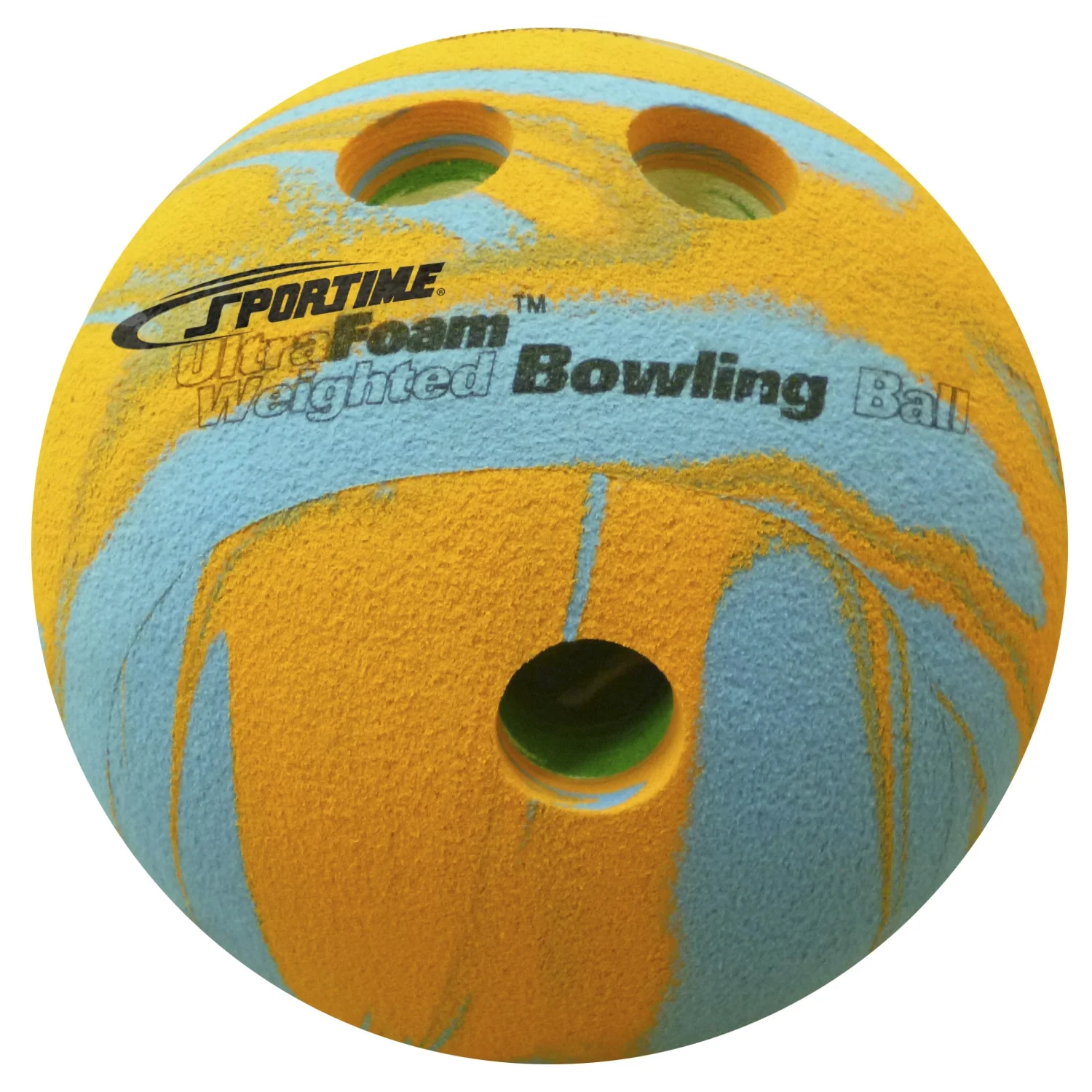 Comparing Bowling Ball Features: What Sets Them Apart
Comparing Bowling Ball Features: What Sets Them Apart
When engaging in a bowling ball comparison, examining specific features helps you differentiate between models and brands effectively.
Coverstock Technology
Coverstock technology varies across brands, influencing the ball’s interaction with the lane.
- Reactive Coverstocks: Designed for maximum friction and hook.
- Proactive Coverstocks: Offer a controlled hook with less aggressive reactions.
- Polished vs. Matte Finish: Polished finishes glide more on dry lanes, while matte finishes grip better on oily lanes.
Core Innovations
Core designs play a significant role in determining ball motion.
- Symmetrical Cores: Provide predictable and stable reactions.
- Asymmetrical Cores: Enhance hook potential and backend reaction.
- Dynamic Cores: Offer versatile performance for various lane conditions.
Grip and Comfort
A comfortable grip ensures better control and performance.
- Grip Patterns: Smooth vs. textured for enhanced traction.
- Hole Layouts: Customizable to fit your hand perfectly.
- Weight Distribution: Evenly distributed to balance the ball during your swing.
Aesthetics and Design
While performance is paramount, the look of your bowling ball also matters.
- Color Options: Wide range of colors and patterns to match your style.
- Customization: Personalized engraving and unique designs.
- Finish Techniques: Different finishes to cater to personal preferences and lane conditions.
Performance Comparison: Finding Your Ideal Bowling Ball
Evaluating performance is critical in a bowling ball comparison. Performance factors include hook potential, backend reaction, and versatility across lane conditions.
Hook Potential
Hook potential determines how much the ball curves on the lane.
- High Hook Potential: Ideal for experienced bowlers seeking maximum pin carry.
- Moderate Hook Potential: Suitable for intermediate players needing control and versatility.
- Low Hook Potential: Best for beginners focusing on accuracy and spare shooting.
Backend Reaction
Backend reaction refers to the ball’s behavior as it approaches the pins.
- Aggressive Backend: Provides a sharp entry into the pocket, increasing strike probability.
- Moderate Backend: Balances hook and straight motion for consistent performance.
- Controlled Backend: Ensures precise targeting and reduces over-hooking.
Lane Condition Versatility
A versatile bowling ball performs well across different lane oil patterns.
- Heavy Oil Performance: Requires balls with high friction and strong hook potential.
- Light Oil Performance: Benefits from polished covers and controlled reactions.
- Medium Oil Performance: Needs balanced coverstocks and core designs for adaptable performance.
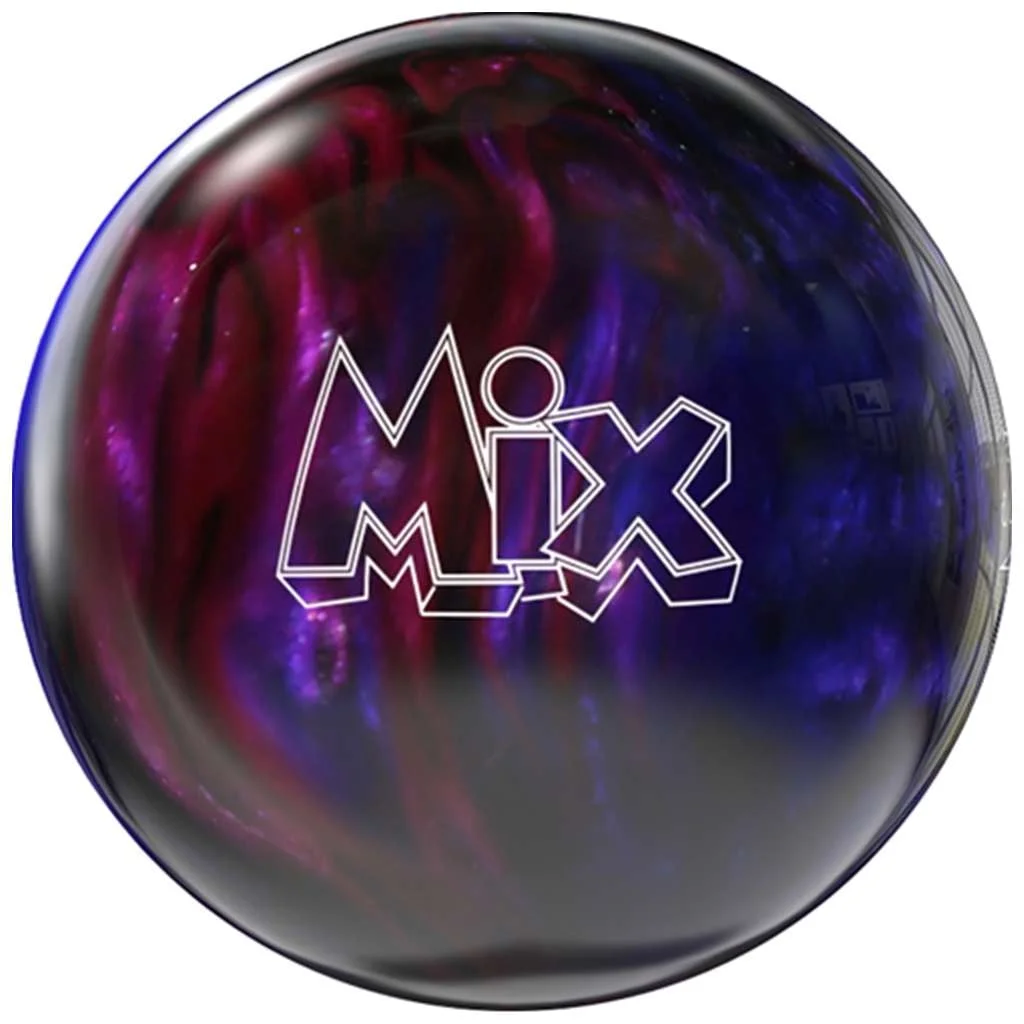 Maintenance and Care: Extending the Life of Your Bowling Ball
Maintenance and Care: Extending the Life of Your Bowling Ball
Proper maintenance enhances the longevity and performance of your bowling ball. Incorporate these practices into your routine during a bowling ball comparison.
Cleaning Your Bowling Ball
Regular cleaning removes dirt, oil, and debris from the coverstock.
- Using a Ball Cleaner: Apply a specialized cleaner and wipe it thoroughly.
- Avoiding Harsh Chemicals: Protect the coverstock by using gentle cleaning agents.
- Daily Maintenance: Wipe the ball after each use to maintain its condition.
Storage Solutions
Proper storage prevents damage and keeps your bowling ball in optimal shape.
- Using a Ball Bag: Protects the ball from scratches and impacts.
- Avoiding Extreme Temperatures: Store in a cool, dry place to prevent coverstock degradation.
- Organized Storage: Keep your bowling balls separated to avoid scuffing and scratching.
Regular Inspection
Inspect your bowling ball regularly to identify and address issues early.
- Checking for Cracks: Look for any signs of cracking or damage in the coverstock.
- Assessing Finger Holes: Ensure finger holes remain properly sized and comfortable.
- Monitoring Performance: Notice any changes in the ball’s reaction on the lane to determine if maintenance is needed.
Expert Tips for Effective Bowling Ball Comparison
To make the most out of your bowling ball comparison, consider these expert tips.
Assess Your Bowling Style
Understanding your bowling style is fundamental in selecting the right ball.
- Stroker: Prefers balanced and versatile balls for consistent performance.
- Cranker: Needs high hook potential and aggressive backend reactions.
- Tweener: Seeks a balance between hook potential and control.
Determine Lane Conditions
Identify the primary lane conditions you encounter to choose a compatible ball.
- Frequent Heavy Oil: Opt for reactive resin or particle balls.
- Regular Light Oil: Choose polished reactive or urethane balls.
- Variable Conditions: Select versatile balls with interchangeable cores or coverstocks.
Set a Budget
Your budget influences the range of options available during your comparison.
- Entry-Level Balls: Affordable and durable for beginners.
- Mid-Range Balls: Enhanced performance for intermediate bowlers.
- High-End Balls: Cutting-edge technology for advanced players.
Seek Professional Advice
Consult with bowling pros or store experts to gain insights during your comparison.
- Professional Recommendations: Get personalized advice based on your style and needs.
- Demo Sessions: Test different balls to experience their performance firsthand.
- Customization Services: Utilize professional drilling and fitting for optimal performance.
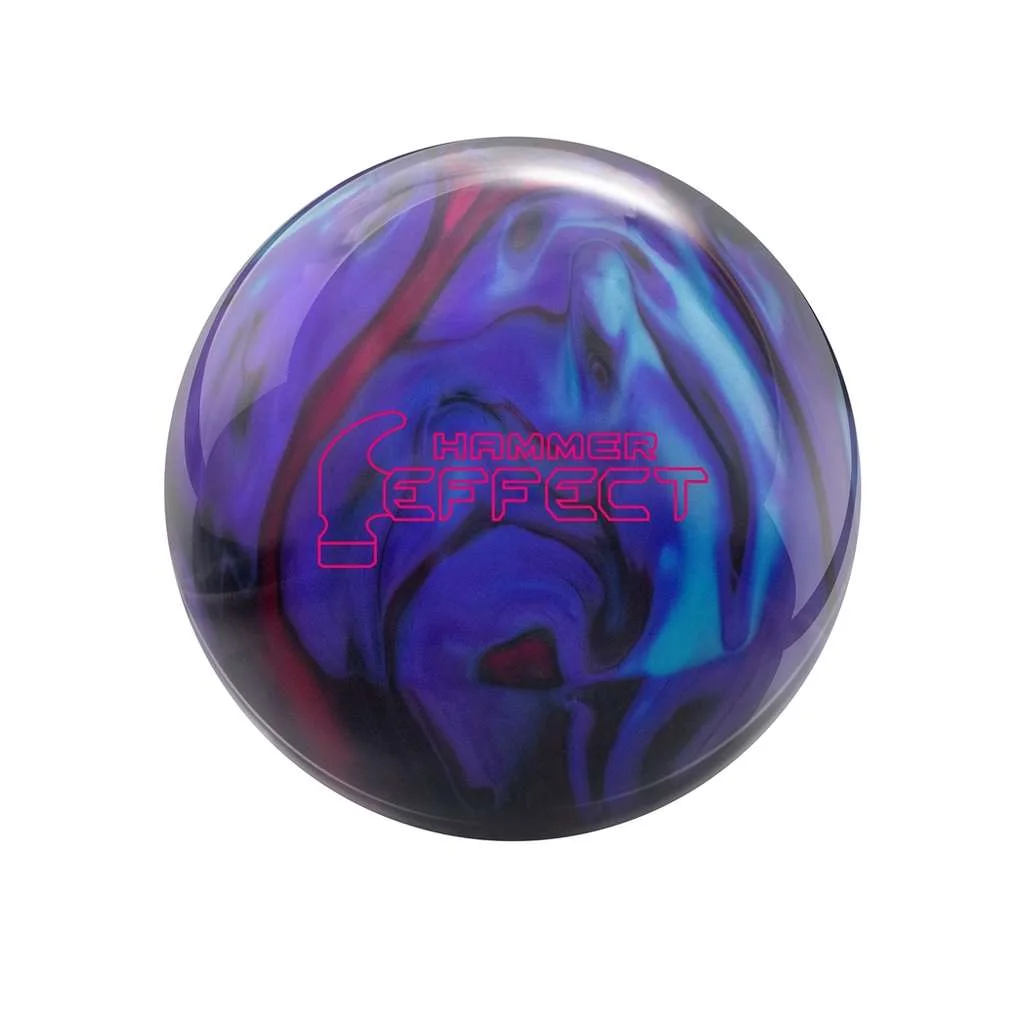 Frequently Asked Questions (FAQ)
Frequently Asked Questions (FAQ)
What Should I Look for in a Bowling Ball Comparison?
When conducting a bowling ball comparison, consider factors such as coverstock material, core design, weight, drilling layout, and price. Assess how these elements align with your bowling style, skill level, and lane conditions to find the best fit.
How Many Rings Should a Beginner Use?
Beginners typically start with a single bowling ball that suits their hand size and bowling style. As they gain experience, they may add additional balls with different coverstocks and weights to handle various lane conditions and improve performance.
Can I Use the Same Bowling Ball for Different Lane Conditions?
While some bowling balls are versatile enough to perform well in multiple lane conditions, it’s often beneficial to have different balls tailored to specific oil patterns. This allows for optimal performance and adaptability during different games.
How Often Should I Replace My Bowling Ball?
The lifespan of a bowling ball depends on usage and maintenance. Regularly inspect your ball for signs of wear and tear, and replace it when you notice a decline in performance or significant damage to the coverstock or core.
Is Custom Drilling Necessary for Better Performance?
Custom drilling enhances the fit and comfort of your bowling ball, contributing to better control and consistency. It ensures that the finger and thumb holes are perfectly aligned with your hand, improving your overall bowling performance.
What is the Best Bowling Ball for High-Level Competition?
High-level competitors often prefer reactive resin or particle bowling balls with advanced core designs. These balls offer superior hook potential, strong backend reactions, and versatility across various lane conditions, providing the performance needed for competitive play.
How Can I Maintain My Bowling Ball’s Performance?
Maintain your bowling ball’s performance by cleaning it regularly, storing it properly, and inspecting it for any damage. Additionally, rotating between multiple balls can prevent excessive wear on a single ball, extending its lifespan and maintaining consistent performance.
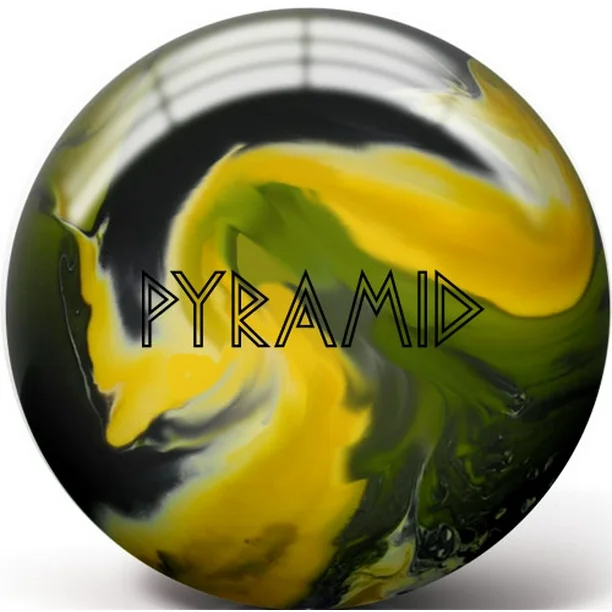 Conclusion
Conclusion
A detailed bowling ball comparison empowers you to make informed decisions, enhancing your performance and enjoyment of the game. By understanding the different types of bowling balls, evaluating key factors, comparing brands, and considering expert tips, you can select the perfect ball tailored to your unique needs. Whether you’re a beginner striving for consistency or an advanced bowler seeking maximum hook potential, the right bowling ball can make all the difference. Embrace the insights from this comprehensive guide to elevate your bowling experience and master your game with confidence.